Landmark case restricts student’s freedom of press

The press has influenced American history from the start of the country to the current day. In many cases, including the Watergate scandal, journalism has been a powerful tool of democracy and a safeguard for America. The First Amendment guarantees the freedom of the press for all American citizens. However, this right does not apply to all high school and college students under the 1988 Hazelwood v. Kuhlmeier ruling.
This strike against the First Amendment came when Hazelwood v. Kuhlmeier occurred when The Spectrum, a high school newspaper, wrote several articles the administration deemed inappropriate. The articles in question concerned teenage pregnancy and divorce. The administration read the articles prior to their publishing and concluded they were inappropriate. The principal decided to remove several pages of the publication without staff knowledge.
The students decided to sue and the case went first to the district court, where the judge decided against the students. The U.S. Court of Appeals for the 8th Circuit in Saint Louis ruled in favor of the students. After this, it went to the U.S. Supreme Court where the court decided against the students by a vote of 5-3 (one judge had retired so the court was one judge down), Jan. 13, 1988.
While it may be considered that the court ruled unconstitutionally, especially in light of the 1969 Supreme Court ruling Des Moines v Tinker, which supported student’s freedom of speech, the Supreme Court reasoned the following. The school sponsored the paper and the paper reflected the school. Additionally, the issues in the paper were deemed inappropriate for certain audiences.
It’s almost here! It’s time to take a stand for students’ right to a free press with Hazelwood Day of Action. Here’s how you can help #CureHazelwood: https://t.co/Xm6gMMT50A pic.twitter.com/Rkm55Dt1g7
— NSPA (@NSPA) January 31, 2018
Despite the school’s jurisdiction and concern over the subject, it is still debatable as to whether or not it is acceptable for a school to strip away the students’ rights. Should a school be able to censor the press even if it is a part of the school?
According to the New Voices State Tracker, California and twelve other states have laws that allow students to publish freely at the high school.
On the one side, the school has the right to control itself and if the publication is under that label of the school it is under its jurisdiction. This is in conflict with the First Amendment of the Bill of Rights which provides for the freedom of the press.
Despite the school’s jurisdiction and concern over the subject, it is still debatable as to whether or not it is acceptable for a school to strip away the students’ rights. Should a school be able to censor the press even if it is a part of the school? — Matthew Sue
Another point that is less obvious, the Hazelwood ruling also applies to college students. This means that those training to become real-world journalists are subject to censorship. This can have some serious implications on the real journalism world. If journalism students are taught from high school up until they graduate from college that their work may be censored, then they may fall into the habit of writing with those expectations for the rest of their lives.
High school student Tali Hill ’18, shared her feelings regarding the Hazelwood case and what she believes the role of the administration is in this issue.
“I feel that students should be educated on any topic, including controversial ones,” Hill said. “If they want to write about divorce and teen pregnancy they should be able to and I don’t think that the school board or the school administration had the right to take it down.”
Journalists assist in bringing issues to the national spotlight, such as the McNamara study during the Vietnam War. Imagine an America without journalism. During the Gilded Age, muckraking journalists investigated and exposed labor conditions in factories.
While this event may have occurred many years ago, there are still people fighting for change. The New Voices is a movement based off of the New Voices law of South Dakota. This organization’s mission is to bring the rights of the First Amendment to other schools across the nation.
Feather editor Sam Cross, ’19, discusses his perspective on the issue of student expression.
“Students in the U.S. like all Americans possess a First Amendment right to freely express their views and opinions,” Cross said. “However, as many teens are still maturing and learning, an advisor who instructs them on the appropriate ways to express themselves. I believe that states should allow students to freely publish material which will ultimately benefit them as they learn to debate, critically think and seek truth.”
Another organization dedicated to student’s rights to the First Amendment is the Student Press Law Center or SPLC. This nonprofit organization provides free legal advice to high school journalists. Their mission statement reads:
“The Student Press Law Center is an advocate for student First Amendment rights, for freedom of online speech, and for open government on campus. The SPLC provides information, training and legal assistance at no charge to student journalists and the educators who work with them.”

Both of these organizations help media students when their rights are infringed.
Despite the efforts of these organizations, many everyday Americans neither care or know about the implications the Hazelwood case caused.
The authors of The First Amendment in Schools, Charles C. Haynes, Sam Chaltain, John F. Ferguson Jr., David L. Hudson Jr. and Oliver Thomas highlight the importance of the high school journalism.
“Schools must not only teach the First Amendment, they must also find ways to model and apply the democratic first principles that they are charged with teaching. The rights and responsibilities of the First Amendment provide a much needed framework for reaffirming and renewing the civic aims of education.”
These are the issues that make this such a controversial and important topic. To make a difference and get involved, check out Scholastic Journalism week both on The Feather Online and on high school publications across the nations, Feb. 18-24.
The 30th anniversary of Hazelwood v. Kuhlmeier, is during the month of January. Students are encouraged to participate in this event by using the #CureHazelwood tag on Jan. 31, via social media or to check out the SPLC Facebook live stream from 10 a.m. – 10 p.m. at the top of every hour.
Please comment below on what you think of the Hazelwood ruling and how it affects your First Amendment rights.
For more articles, check out BREAKING: Parent informational counseling meeting, Jan. 30 or WWII exhibit highlights student’s achievements.
This author can be reached via twitter @matthewsue1 and via email: Matthew Sue.



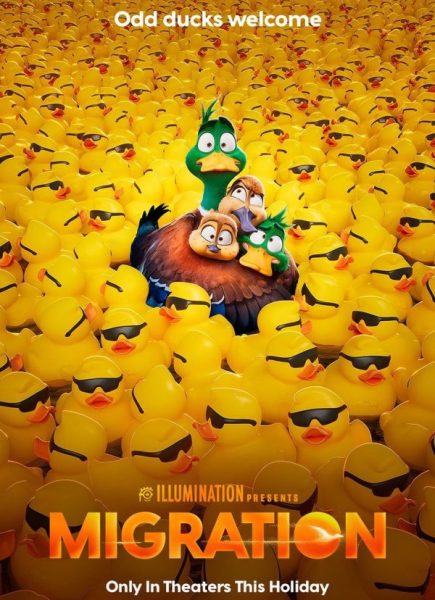
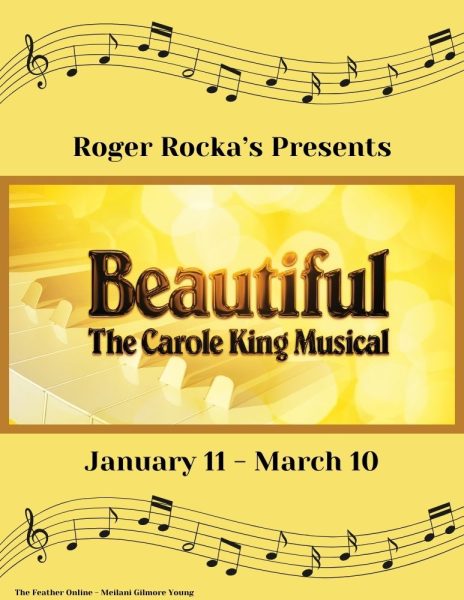

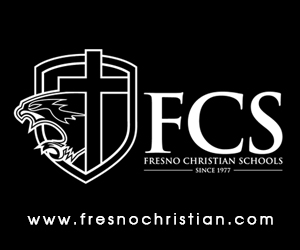
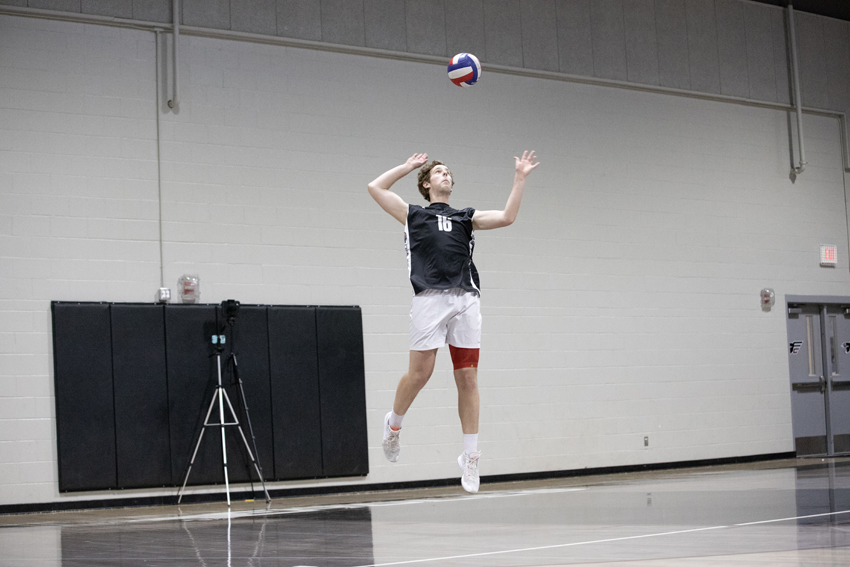
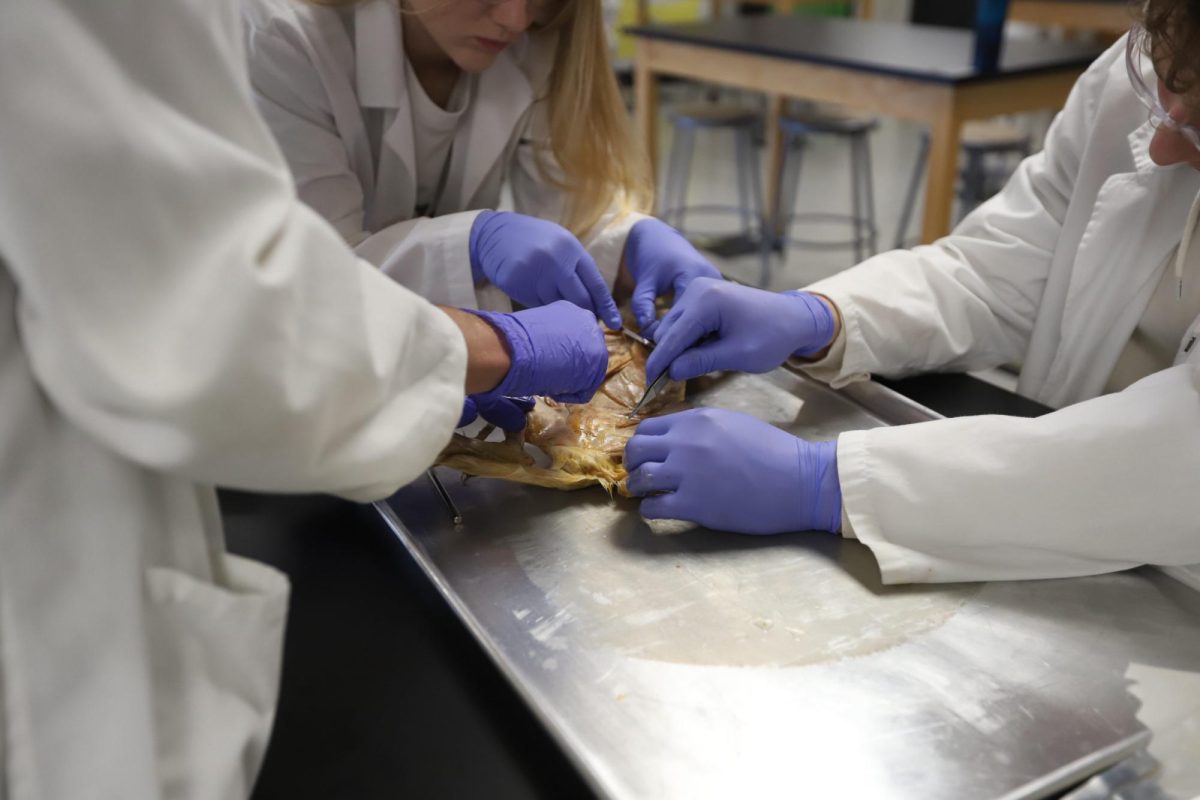
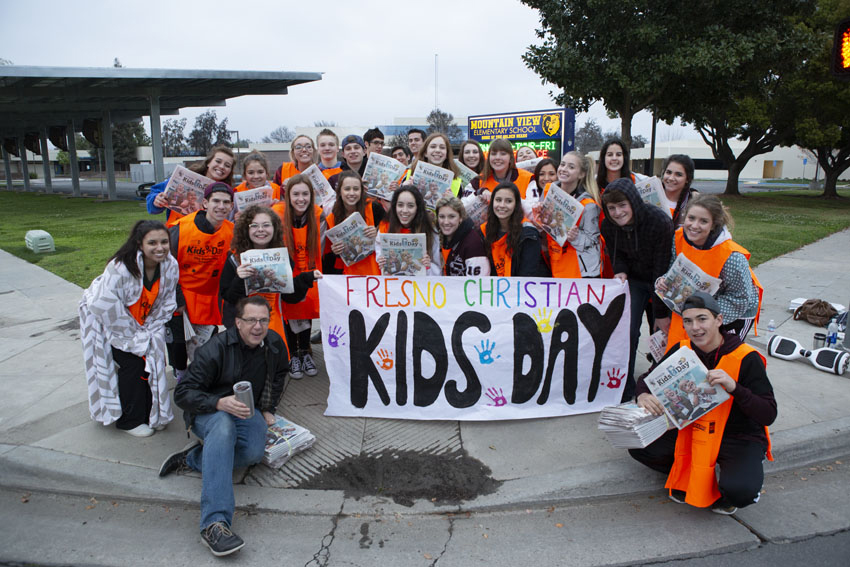
![[Video] 100th CSPA Spring Journalism Conference](https://thefeather.com/wp-content/uploads/2024/04/20240308-cspa-crown-002.jpg)
![[Video] New York Day 4](https://thefeather.com/wp-content/uploads/2024/04/NY-trip-day-4-JC-.jpg)
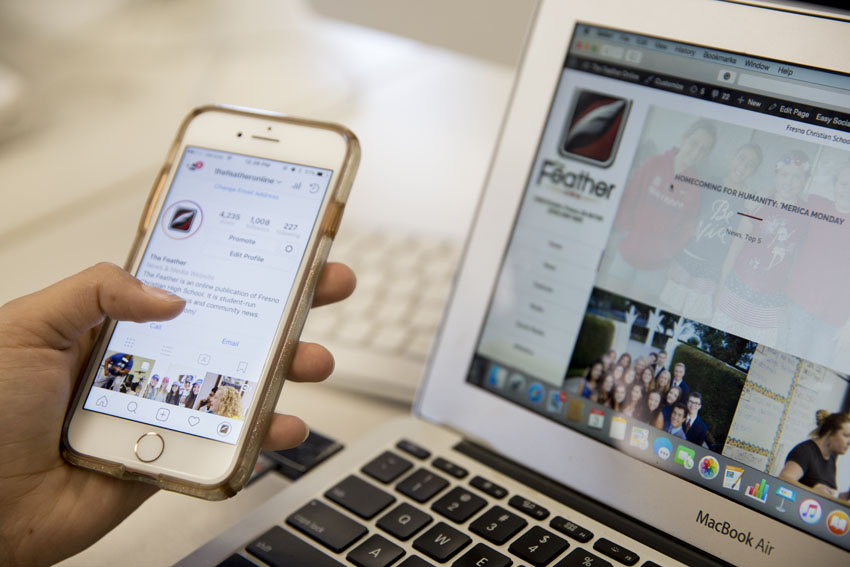


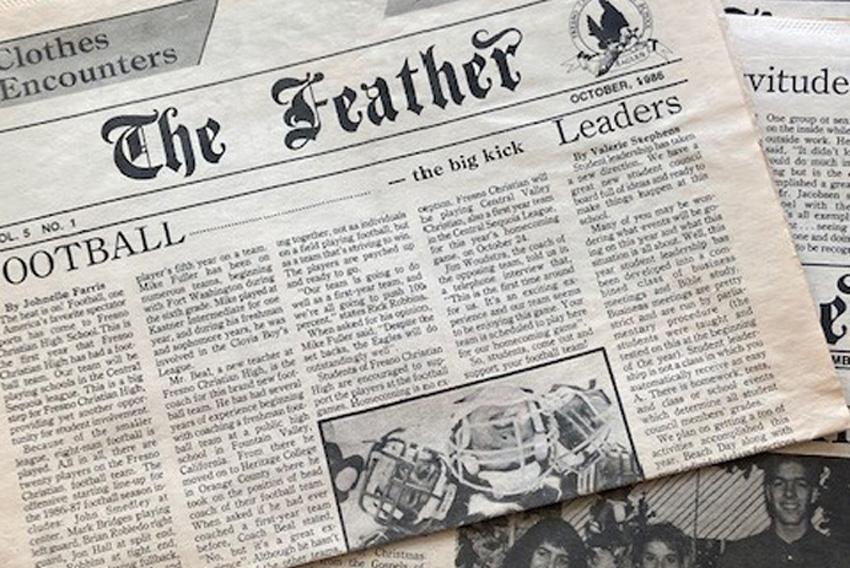
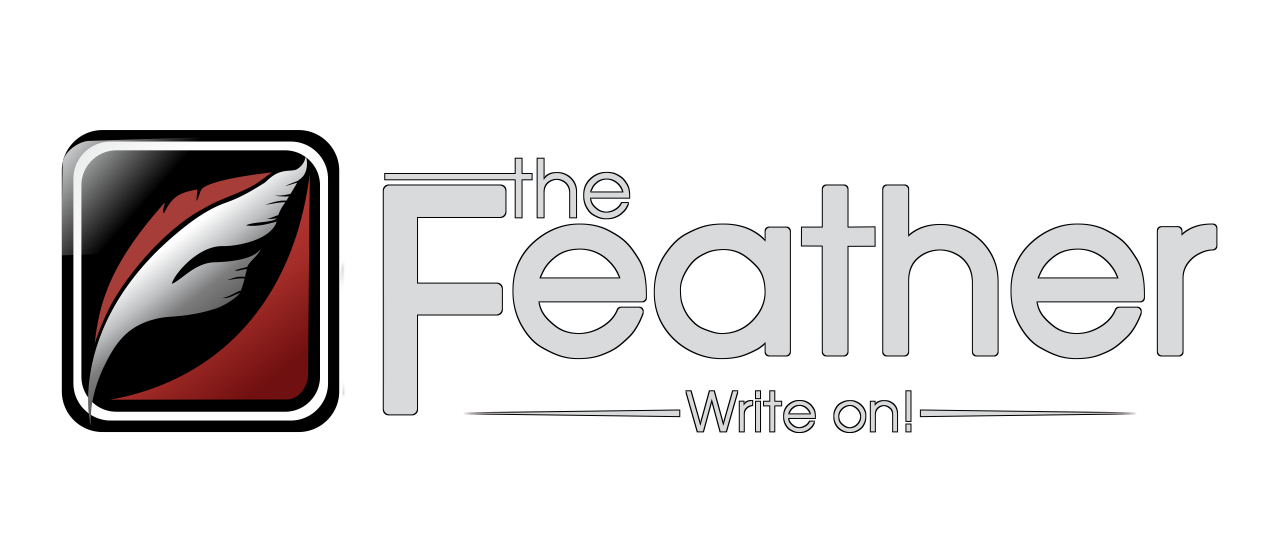
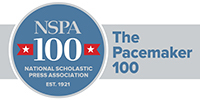
Samuel • Sep 30, 2021 at 1:01 pm
This is one nice article dude
Keegan bloom • Jan 31, 2018 at 1:49 pm
Nice job Matthew on the article.
Stephen Walters • Jan 31, 2018 at 1:48 pm
Cool article
Robert • Jan 31, 2018 at 12:32 pm
Great article Matthew! While I agree that students need the ability to practice their first amendment rights and have the opportunity to discuss and debate controversial topics, one can’t bypass that fact that they are writing for a “school” paper. Whatever campus they are a part of, they are using the resources and structures of the school they attend. I think JEA is short sighted and shallow in their encouraging the end of the Hazlewood finding. If someone wants true first amendment rights they are available but students would have to use their own resources to do so. For instance, if someone is living at home and getting their necessities paid for, they must follow the rules of that house even though they possess first amendment rights. Those rights can only be expressed fully if they move out and pay their own way. In the same way, if students want true expression of their first amendment rights, they cannot use the resources of their school and expect them not to have a say in what gets published.
Juliana Lozano • Jan 31, 2018 at 11:00 am
This was really interesting to read about! I had no idea so many things played into publishing an article for high school journalists.